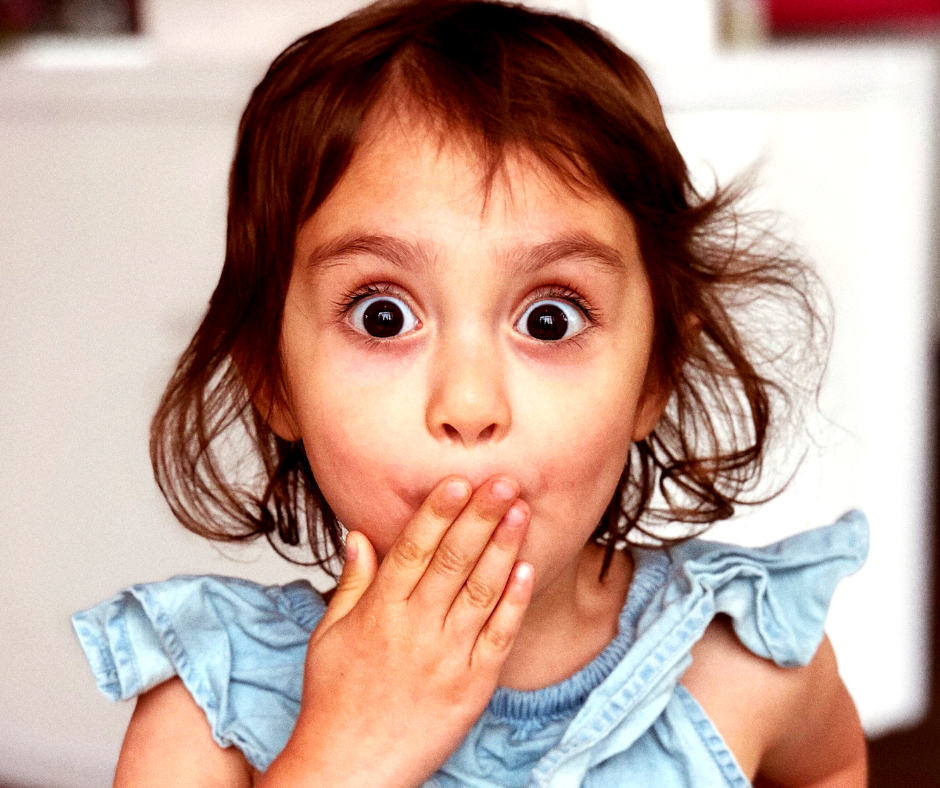
This is one of those articles that is tempting to write anonymously. The subject is creepy, and I guarantee you’ll scratch your head multiple times while reading. But, there’s a reason that I’ve left my name on here. Well, two reasons. One, we’re out the other side of it (relieved tears) and two, had we been more educated, the whole ordeal would have been so much easier! In other words, I’m trying to save you some of the headache we went through because, odds are, if you have – or will have – an elementary-aged child, you stand a good shot at living out my recent nightmare.
My family of five got lice. Yes, all of us. Let us pause now for your first involuntary head scratch. Before we go on, I’d like to dispel a few myths about the “kind of people who get lice.” It turns out, having lice has nothing to do with personal hygiene or how often you clean your home. We wash our kids’ hair 6-7 days out of the week, but unfortunately lice are not picky – dirty or clean hair, they like it all. Lice cannot live long off of a human host, so if a person has lice, it was most likely picked up from head-to-head contact, and is not a reflection of the home’s state of cleanliness.
Our school nurse had sent several notifications that lice was found in our grade. State law requires that schools notify parents of children in the same classroom as a child with lice. Our district’s policy is to take it a step further and to notify all parents in the entire grade, because lice spreads wherever heads touch – recess, birthday parties, dance, Scouts, sports, choir, play dates and sleepovers.
Think about it, people. That’s a lot of ways for your child to be exposed!
Still, I tend to be overly-optimistic, so I figured the lice was in another classroom, despite the fact that with twins, in two different classes, I had 50% of the grade covered. Insert hindsight-face-palm here.
I didn’t even bother to buy the lice comb our school nurse recommended (The Terminator, Amazon) until a brave mom in my daughter’s class let us know by group chat that she had found lice on her child. My people weren’t scratching, so I wasn’t worried. Another myth, by the way – lice don’t always cause itching. My people are also not in the practice of trading headbands or hats, so what that poor mom was going through would not be happening to us.
Once the comb came, I half-heartedly ran it through one child’s hair. After all, no need to be serious about it, no one was scratching. Nits (lice eggs) and an actual creepy crawly later and I was officially FREAKING OUT! Everyone got subjected to the comb (my husband combed – read: ripped out – my hair) and we all had it, in varying degrees.
A late-night run to Walgreens for over-the-counter lice medicine and hours of treating, combing, washing and vacuuming later and we were all passed out. I was still seriously disturbed, but rested easy knowing that the revolting little buggies were eradicated.
In theory, you treat the afflicted child, then thoroughly comb out his or her hair for the next 7-10 days to remove any remaining nits, then you treat again to catch any nits that might have hatched. In the meantime, you wash bedding like a madwoman, wear the skin off of your hands shampooing people, vacuum more than you have in your life and comb people out until 1 a.m., because it is a slow and painstaking business.
Some choose to use natural treatments instead of over-the-counter. My frantic research found that natural preventative measures can be somewhat effective, but the actual treatments tend to be less effective in comparison. By the time I found it on all five of us, I would have poured gasoline on our heads. Kidding. Only sort of. Please don’t call CPS.
There are also lice-removal places here in Austin that will treat those dealing with lice, and many say that they don’t use chemicals. You still have to comb out nightly, but it is very reassuring to know that a professional has done the due diligence that you, with your lice newbie-status, can only hope to achieve. However, I had literally, just the day before, booked and paid for three upcoming trips, including airfare and hotels. Plus, three summer camps. Because we would need professional treatment for five people, the total would be $1100. We would give treating it at home a go!
I wish our story ended there, but once our two treatments were over, there were still signs of lice. Turns out we had hit the jackpot and gotten “super lice.” Yes, that is a thing. I couldn’t make this up if I tried.
Some lice have genetically mutated to become resistant to the active ingredients in over-the-counter treatments.
They can hold their breath for up to 8 hours so they avoid breathing in the chemicals designed to kill them. This also helps them survive most natural remedies, as those typically rely on suffocating the lice. Thankfully, I learned from our school nurse that if you suspect super lice, a prescription called in by the pediatrician can knock them out.
That’s all it took for our family, and besides a little PTSD, we were able to put the awful ordeal behind us. I did learn a few important things along the way, though:
- Our warm Texas climate is ideal for lice.
- Lice can’t hop or fly, they can only spread through head-to-head contact.
- Lice don’t target “dirty children,” so no judgement allowed.
- Students are no longer sent home from school if lice are found. They return to the classroom that day, so your child may be exposed before treatment can be given.
- Information sharing is important. Without one brave mom speaking up, we wouldn’t have figured out that our daughter – and TEN other kids in the class – had lice.
- It’s also important to let your school nurse know if you have found lice. The nurse will not know to send out a notification to parents without you sharing your child’s status. Your child’s name will be kept private.
- If you think your child is not responding to an over-the-counter treatment, go straight to the pediatrician. Or even try there first.
- It’s a good practice to comb out your child’s hair with a good nit comb once a week, even if you don’t suspect infection. That way, if you do find anything, you’ll catch it early. Sunday has become shower/family movie/lice check night at our house. Good times…
The Centers for Disease Control and Prevention estimates that 6 to 12 million kids ages 3 to 11 get lice every year.
However, lice myths, and the stigma surrounding lice, leave families of children with lice embarrassed and feeling isolated. I’m grateful that moms in our school started talking and sharing information. It helped us realize that lice are actually a very common childhood affliction and have no bearing on how well you care for your child. I’m still pretty twitchy about the whole ordeal, so my daughter goes to school in buns and braids now and my son gets a dusting of hairspray each day. While I recognize that lice aren’t quite the affliction I thought they were, it doesn’t mean I want them on any of my people’s heads EVER AGAIN!









